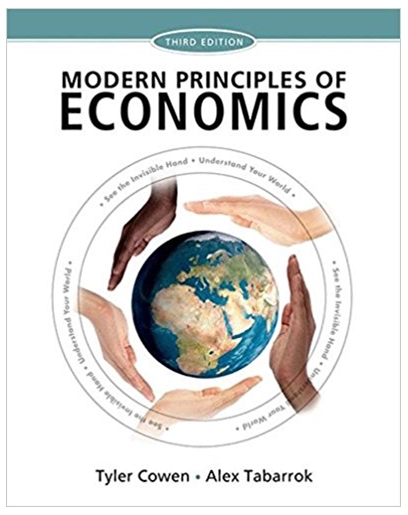Here, you will notice that the marginal cost declines as a function of cumulative production. This illustrates the positive impact of experience on production costs.
Here, you will notice that the marginal cost declines as a function of cumulative production. This illustrates the positive impact of experience on production costs. The question is, how should firms price their products over time by anticipating such experience effects. Please provide (i) the optimal prices over time and (ii) the maximized profit for the following problem.
Objective: Maximize the total profit over 10 weeks (no need to include discounting of cash flows since these are just weeks). Assume zero fixed costs.
Decision Variables: Prices in each week
Model:
St= a – b(pt)
St= Unit Sales in week t pt= Price in week t
Assume the following parameter values:
a = Intercept = 10
b = Price Sensitivity = 2
Unit marginal cost in week 1 = c1= 1 Unit marginal cost in week t =
ct= c1(Cumulative Sales at the beginning of week t)(-b1)
Experience Effect Parameter = b1 = 0.3
A solver can be used to solve the above problem. Set the prices in the 10 weeks as the decision variables and the total profit in the 10 weeks as the target or the maximizing variable.
Question 2: Reference Price effects
In this case, you will notice that past prices impact current demand. This is because consumers have certain reference prices in their minds and compare the observed price with the reference price. If the reference price is higher than the observed price, i.e., consumers perceive again, they are more likely to buy the product; on the other hand, if the reference price is lower than the
observed price, i.e., consumers perceive a loss, they are less likely to buy. This illustrates the impact of reference prices on demand. The question is, how should firms price their products over time by taking into consideration such reference price effects.
Objective: Maximize the total profit over 10 weeks (no need to include discounting of cash flows since these are just weeks). Assume zero fixed costs.
Decision Variables: Prices in each week
Model:
St= a – b(pt) + g(rt - pt),
where, g = d, if rt > pt(gain situation) else g = g (loss situation).
St= Unit Sales in week t pt= Price in week t
rt= reference price at the beginning of week t = a*pt-1+ (1-a)*(rt-1)
The parameter a lies between 0 and 1 such that a = 1 implies a one-period memory, i.e., rt= pt-1, in other words, consumers only remember the last week’s price. a < 1 suggests that prices from many of the past weeks impact current reference prices such that prices in more recent weeks have more weight than prices in less recent weeks.
Assume the following parameter values:
a = Intercept = 1
b = Price Sensitivity = 0.2 Unit marginal cost, c = 0.5 Memory parameter = a = 0.8
Reference price at the beginning of week 1, i.e., r1= 2.50
Please provide (i) the optimal prices over time and (ii) the maximized profit for each of the following two cases.
gain parameter, d = 0.25 > loss parameter, g = 0.1 Case 2: gain parameter, d = 0.1 < loss parameter, g = 0.25
In Solver, the GRG Solver will not be able to solve the above reference price problem accurately because the problem has the following characteristics and these lead to local optima in typical hill-climbing algorithms used by the standard GRG Solver:
- There is a dynamic relationship between each period.
- There is a kink (gain versus the loss parameters) in the objective function.
- The kink parameters are a function of the dynamic variable that we are trying to optimize in each period.
For this case, instead of using the GRG solver, use the evolutionary solver instead. When defining your solver parameters, change the solver technique from GRG to Evolutionary. This is a different solver algorithm that can handle a model with the characteristics listed above. An evolutionary solver may require you to set boundaries on the decision variables. If so, you can do this by giving the decision variables upper and lower bounds such that sales are positive (> 0.1) in all weeks.
Step by Step Solution
3.46 Rating (159 Votes )
There are 3 Steps involved in it
Step: 1
Solution to Question 1 To find the optimal prices over time and the maximized profit for the given problem we can use the Solver addin in Microsoft Excel or any other optimization software The profit ...
See step-by-step solutions with expert insights and AI powered tools for academic success
Step: 2

Step: 3

Ace Your Homework with AI
Get the answers you need in no time with our AI-driven, step-by-step assistance
Get Started


